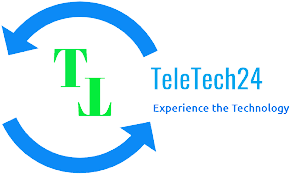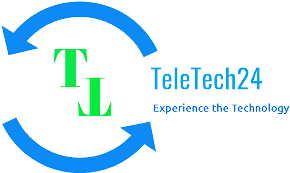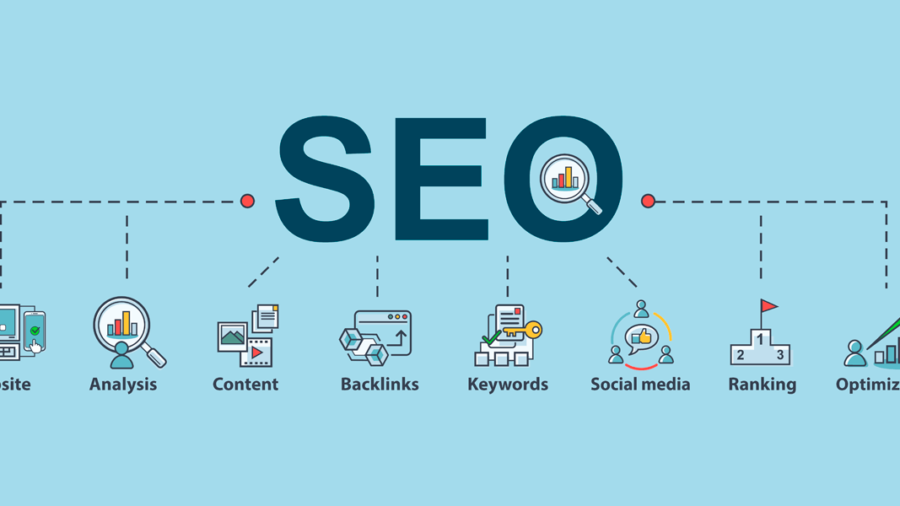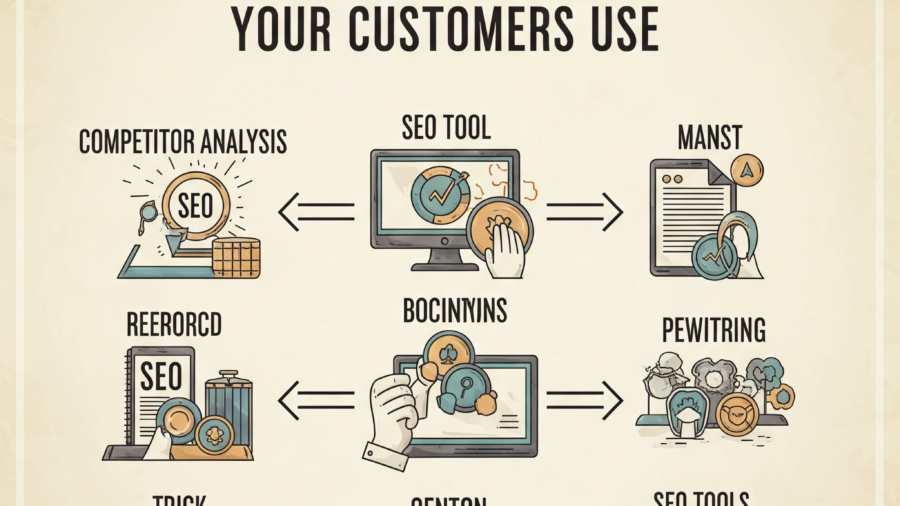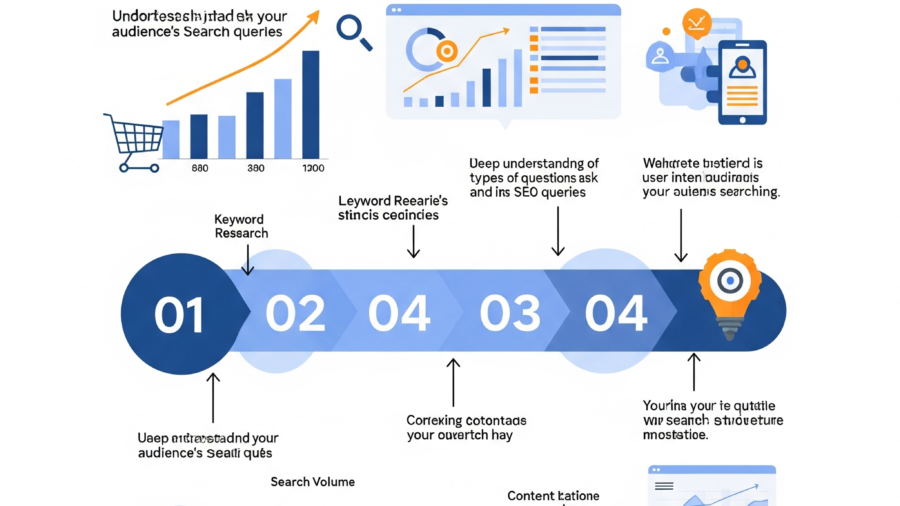Quality Content First: Write for Humans, Optimize for Search Engines
This is perhaps the single most important rule in modern SEO. Gone are the days when you could stuff your content with keywords and trick search engines into ranking your page. Today, search engines like Google are incredibly sophisticated. Their primary goal is to provide users with the most relevant, helpful, and high-quality information available.
What does “quality content” mean?
- Informative and Valuable: Does it answer your audience’s questions thoroughly? Does it solve a problem for them?
- Engaging and Readable: Is it easy to read and understand? Does it keep the reader interested?
- Unique and Original: Is it your own work, offering a fresh perspective or unique insights? Don’t just copy others!
- Trustworthy: Is the information accurate and well-researched? Do you cite sources if necessary?
Always start by writing content that genuinely serves your audience. Think about their needs, their questions, and what kind of information would be most valuable to them. Once you have high-quality, reader-focused content, you can then go back and subtly optimize it for search engines. This “human-first” approach is the foundation of sustainable SEO success.
Where to Naturally Place Your Keywords (Headings, Body, Intro/Conclusion)
Once you have your quality content, it’s time to strategically, yet naturally, weave in your target keywords. The key here is natural. Never force keywords into your text if it makes the sentence sound awkward or unnatural. Search engines can detect keyword stuffing, and it can actually harm your rankings.
Here are the best places to integrate your keywords:
- Page Title (H1): Your main keyword should ideally be in your page’s main heading (H1 tag). This is a strong signal to search engines about what your page is primarily about.
- Introduction: Try to include your main keyword, or a close variation, within the first 100-150 words of your content. This immediately tells both readers and search engines the topic of your page.
- Body Paragraphs: Sprinkle your main keyword and related long-tail keywords throughout your content where they fit naturally. Don’t overdo it. Focus on variations and synonyms to keep the text flowing.
- Subheadings (H2, H3, etc.): Including keywords in your subheadings helps break up your content and provides additional signals to search engines about the different sections of your page.
- Conclusion: Reiterate your main points and, if it fits, include your main keyword or a related phrase in your concluding remarks.
Remember, the goal is clarity and relevance. If your content is truly about your target keyword, it will naturally appear multiple times without needing to be forced.
The Power of Headings (H1, H2, H3 – Structure and Clarity)
Headings are more than just text formatting; they are crucial for both readability and SEO. They act like a table of contents for your page, guiding readers through your content and helping search engines understand its structure and hierarchy.
- H1 (Heading 1): Every page should have one, and only one, H1 tag. This is your main title. It tells readers and search engines the primary topic of the page. It should typically contain your main target keyword.
- Example: <h1>The Ultimate Guide to Homemade Sourdough Bread</h1>
- H2 (Heading 2): These are subheadings that break down your main topic into major sections. You can have multiple H2s on a page.
- Example: <h2>Ingredients You’ll Need</h2>
- Example: <h2>Step-by-Step Baking Process</h2>
- H3 (Heading 3): These are sub-subheadings that further break down your H2 sections into more specific points.
- Example: <h3>Activating Your Sourdough Starter</h3> (under “Step-by-Step Baking Process”)
Why are headings powerful for SEO?
- Readability: They make your content scannable, allowing readers to quickly find the information they need. This improves user experience, a factor Google considers.
- Context for Search Engines: Headings help search engines understand the main themes and subtopics within your content, improving their ability to match your page to relevant searches.
- Keyword Opportunities: They provide natural opportunities to include your target keywords and related long-tail variations.
Use headings logically to structure your content. Think of it like an outline: H1 is your main topic, H2s are your main points, and H3s are the sub-points of those main points.
Creating Engaging & Comprehensive Content (Depth Over Thin Content)
Search engines favor content that is comprehensive and provides genuine value to the user. This means moving beyond “thin content”—pages with very little text, copied information, or simply not enough detail to be truly helpful.
- Depth and Detail: Aim to cover your topic thoroughly. If someone searches for “how to grow roses,” they don’t just want a one-paragraph answer. They likely want details on soil, watering, pruning, common pests, etc. The more comprehensive and useful your content, the better.
- Address User Intent: Think about why someone is searching for a particular keyword. Are they looking for information (informational intent), trying to buy something (transactional intent), or navigating to a specific site (navigational intent)? Your content should directly address that intent.
- Varied Content Formats: Don’t just rely on text. Incorporate images, videos, infographics, charts, and bullet points to make your content more engaging and easier to digest. This also caters to different learning styles.
- Original Research & Insights: If possible, offer something unique. This could be your own research, personal experiences, expert opinions, or a fresh perspective on a common topic. Originality helps your content stand out.
Remember, the goal is to be the go-to resource for your chosen topic. If your content is truly the best answer to a user’s query, search engines will naturally want to rank it higher.
Internal Linking: Guiding Visitors (and Google) Through Your Site
Internal linking is the practice of linking from one page on your website to another page on the same website. It’s a simple yet powerful SEO tactic that often gets overlooked.
Why are internal links important?
- User Navigation: They help users navigate your website easily, find related content, and explore more of what you offer. This improves user experience, which is a ranking factor.
- Distribute “Link Juice” (Page Authority): When a strong page on your site gets external links (backlinks) from other websites, it accumulates “link juice” or authority. Internal links allow you to pass some of that authority to other important pages on your site, boosting their SEO.
- Help Search Engines Discover Pages: Internal links help search engine crawlers (like Googlebot) discover new pages on your site and understand the relationship between different pieces of content. They show Google the hierarchy and structure of your website.
- Define Topic Relevance: By linking related content, you signal to Google the thematic connections between your pages. For example, if you have a page about “beginner guitar chords” and link to a page about “advanced guitar techniques,” Google understands that these topics are related within your site.
How to create effective internal links:
- Contextual Links: The most powerful internal links are usually within the body of your content, linking to other relevant pages. For example, in an article about “healthy breakfast ideas,” you might link to a separate article about “benefits of oatmeal.”
- Descriptive Anchor Text: The “anchor text” is the clickable text of your link. Instead of using generic phrases like “click here,” use descriptive keywords that accurately reflect the content of the linked page.
- Bad Example: Learn more about our products [click here].
- Good Example: Learn more about our [eco-friendly cleaning products].
- Link to Important Pages: Prioritize linking to your most important pages, like cornerstone content, product pages, or key service pages.
- Don’t Overdo It: While important, don’t stuff your pages with too many internal links. Link naturally where it adds value to the reader.
Think of your website as a network, and internal links are the highways connecting all the different towns and cities.
Using Images & Videos Smartly (File Names, Alt Text)
Multimedia elements like images and videos make your content more engaging and can significantly improve user experience. But they also offer valuable SEO opportunities that many people miss.
Image Optimization:
- Descriptive File Names: Before you upload an image, rename the file to be descriptive and include relevant keywords.
- Bad File Name: IMG_20240624_103000.jpg
- Good File Name: homemade-sourdough-bread-loaf.jpg
- Alt Text (Alternative Text): This is perhaps the most crucial aspect of image SEO. Alt text is a brief description of an image that is read aloud by screen readers for visually impaired users. Search engines also use alt text to understand what an image is about.
- How to write good alt text:
- Be descriptive and accurate.
- Include relevant keywords where natural.
- Keep it concise.
- Don’t keyword stuff.
- Example for the sourdough image: <img src=”homemade-sourdough-bread-loaf.jpg” alt=”Freshly baked homemade sourdough bread loaf with a crispy crust”>
- How to write good alt text:
- Image Compression: Large image files can slow down your website, which hurts both user experience and SEO. Use image compression tools (online or software) to reduce file size without significantly compromising quality.
- Responsive Images: Ensure your images display correctly and load quickly on all devices (desktops, tablets, phones). Most modern website themes handle this automatically.
Video Optimization:
- Host on Platforms Like YouTube or Vimeo: While you can embed videos directly, hosting them on dedicated video platforms is generally better. YouTube, owned by Google, is a massive search engine in itself!
- Descriptive Titles and Descriptions: Just like with web pages, use keyword-rich titles and detailed descriptions for your videos.
- Transcripts and Closed Captions: Providing a transcript or closed captions for your videos helps both accessibility and SEO. Search engines can “read” the text and better understand your video’s content.
- Embed Videos: Embed your videos directly into relevant blog posts or pages on your website. This keeps users on your site longer and adds rich media to your content.
- Video Schema Markup (Advanced): For more advanced users, adding video schema markup to your page can help search engines display your video more prominently in search results (e.g., with rich snippets).
By smartly optimizing your images and videos, you provide more signals to search engines about the comprehensive nature of your content and improve the experience for all users.
